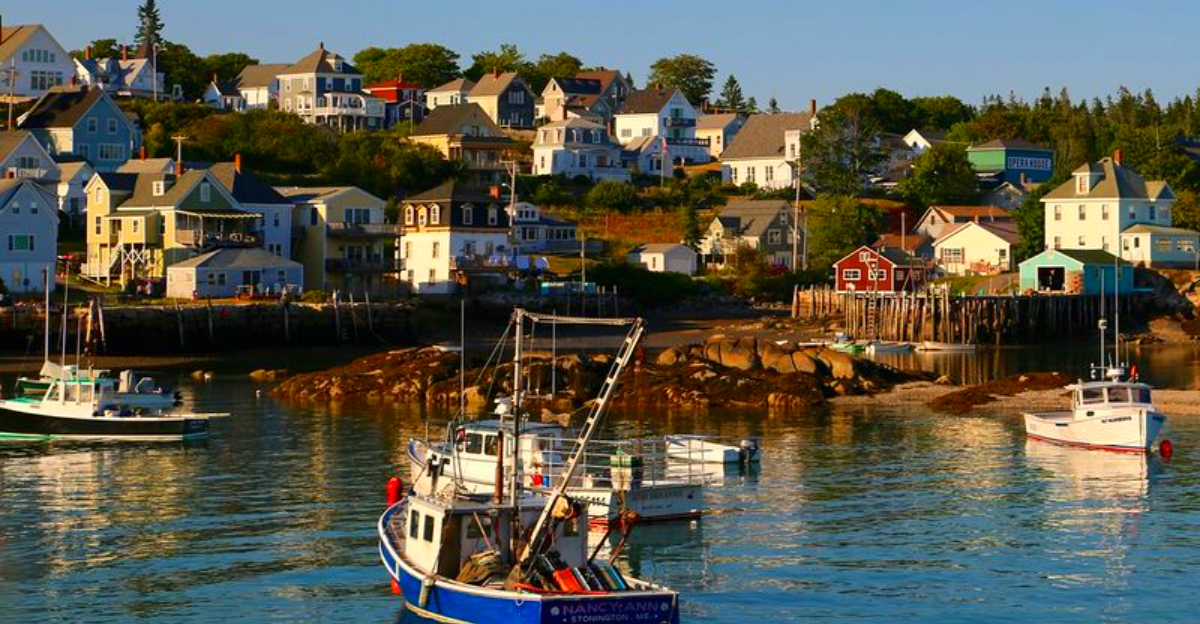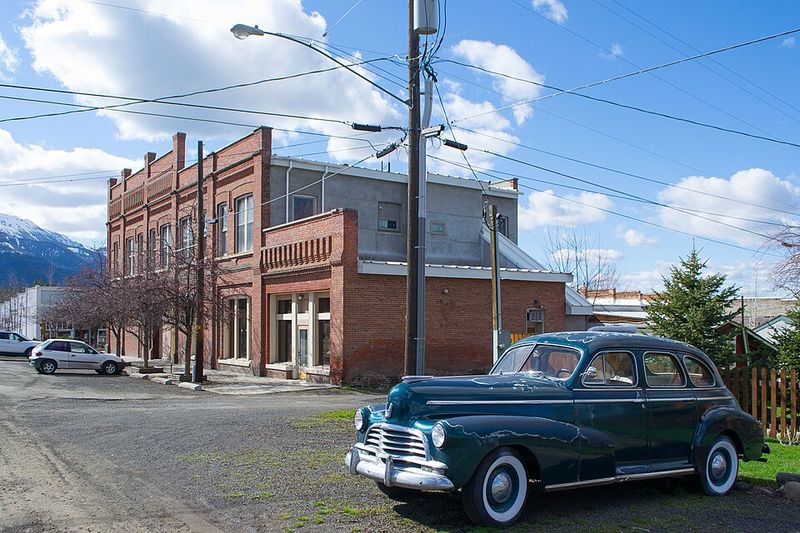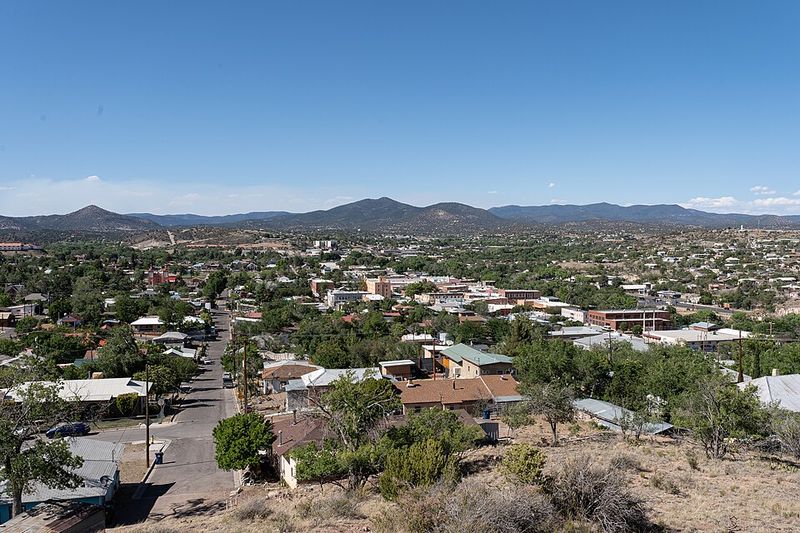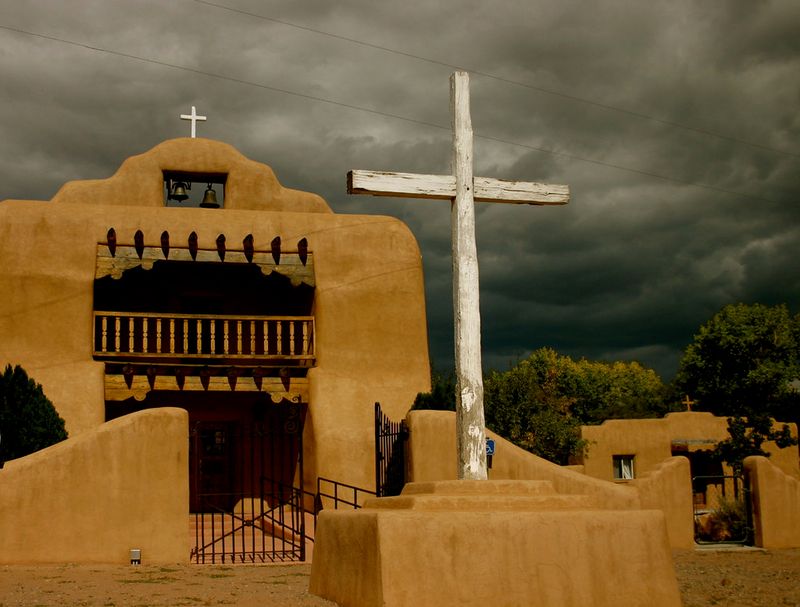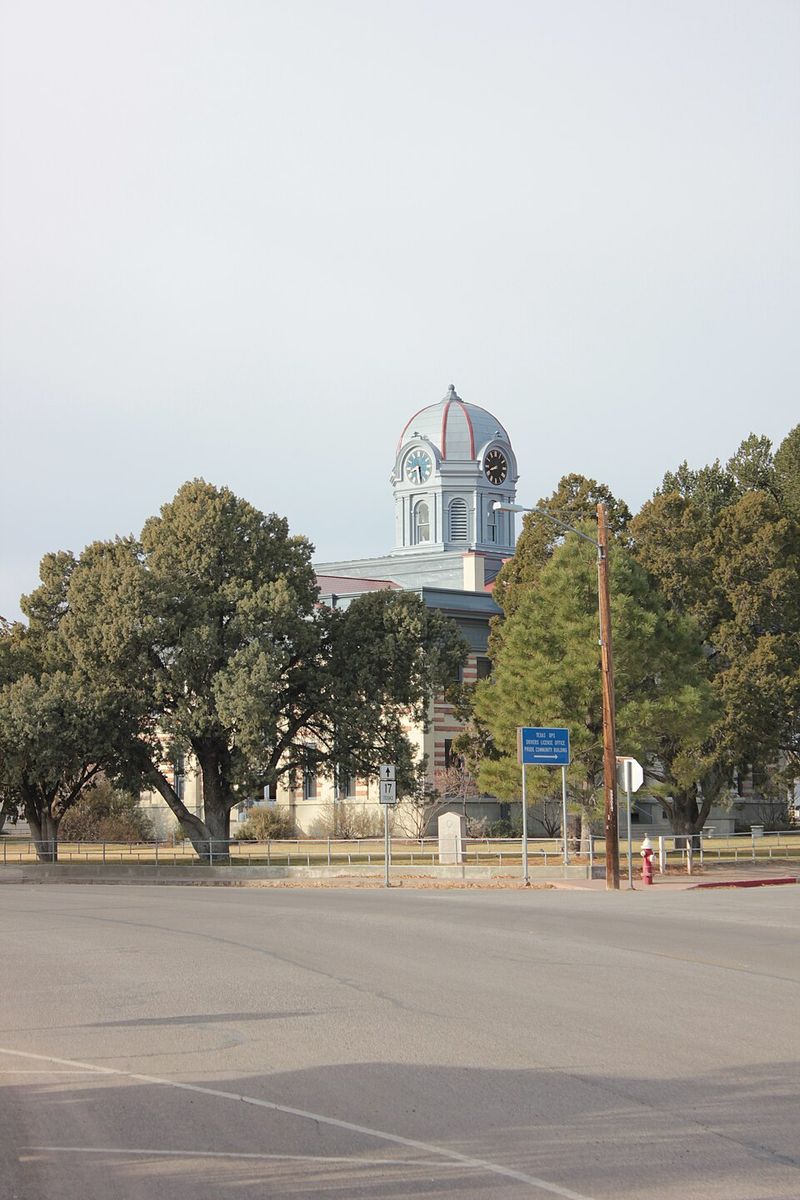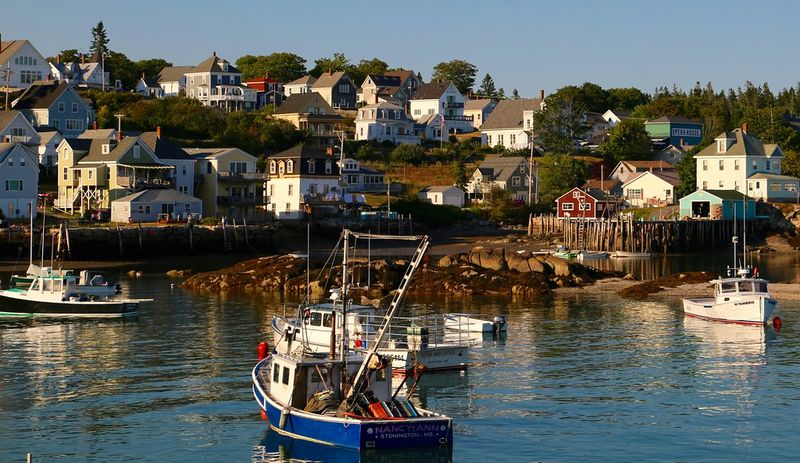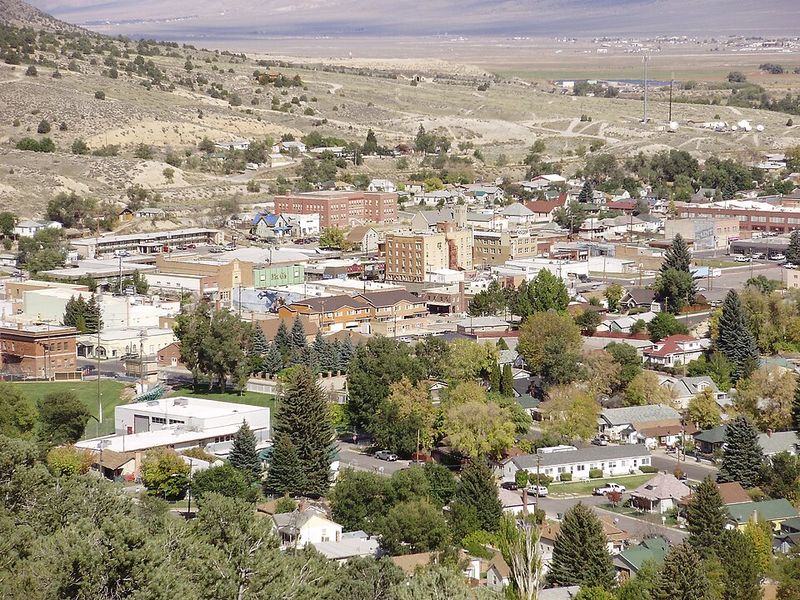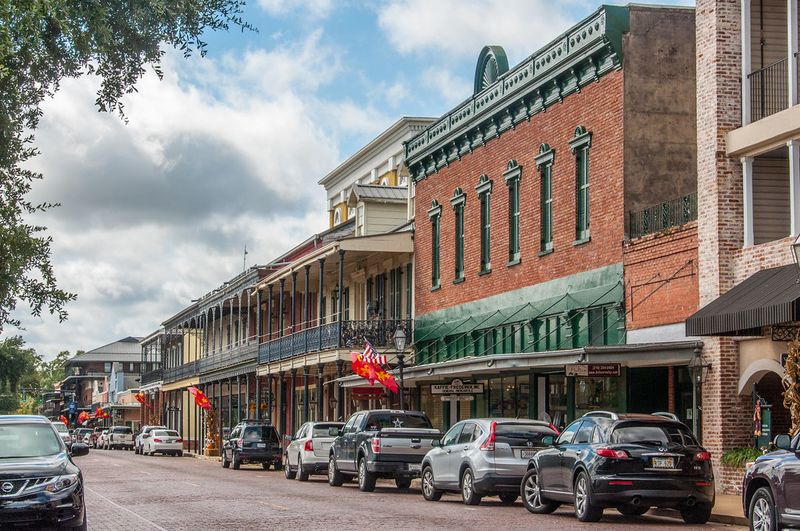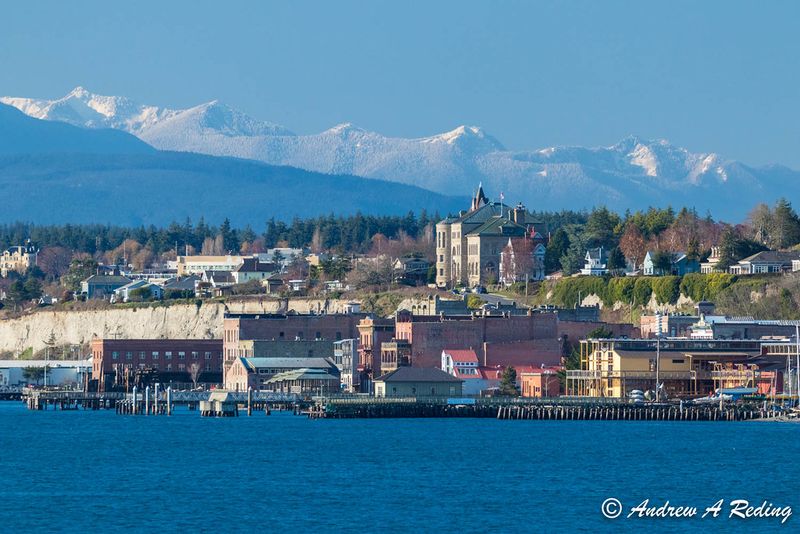America’s most famous destinations get all the attention, but some of the country’s best experiences hide in small towns most travelers overlook. These under-the-radar spots offer stunning natural beauty, fascinating history, and authentic local culture without the crowds. Pack your bags and get ready to discover places that feel like secrets waiting to be shared.
1. Bayfield, Wisconsin (Lake Superior)
Gateway to the Apostle Islands, Bayfield offers one of the Midwest’s most dramatic natural shows. In summer, you can kayak through red-sandstone sea caves carved by centuries of waves, their walls glowing amber when sunlight hits just right. When winter locks Lake Superior in ice, those same caves transform into otherworldly frozen cathedrals with icicle chandeliers.
Boat tours run when the lake is calm, taking visitors island-hopping to lighthouses and hiking trails. The town itself charms with berry farms, local orchards, and Victorian homes overlooking the water.
Plan your visit around weather conditions since lake conditions change quickly and ice formations vary each winter.
2. Joseph, Oregon (Wallowa Mountains)
Nicknamed Little Switzerland for good reason, Joseph sits cradled beneath jagged peaks that could pass for the Alps. The Wallowa Lake Tramway glides passengers from the lakeshore up 3,700 feet to mountaintop views stretching across four states on clear days. Back at ground level, the artsy main street surprises visitors with bronze sculptures dotting sidewalks and galleries.
Local foundries have made Joseph a center for Western art, and you’ll find more sculptures than you’d expect in a town of barely 1,000 people.
Summer brings wildflower meadows and hiking, while winter turns the Wallowas into backcountry skiing paradise for adventurous travelers.
3. Silver City, New Mexico
Perched in the high desert, Silver City pulses with creativity and serves as your jumping-off point for Gila Cliff Dwellings National Monument. Those ancient Mogollon structures sit tucked high in natural caves, stone masonry built 700 years ago in one of America’s most remote corners. The hour-long drive through wild country feels like time travel.
Back in town, Victorian buildings house galleries, coffee shops, and bookstores run by artists and writers drawn to the area’s rugged beauty. Western New Mexico University adds youthful energy to the mix.
Check out the local hot springs and hiking trails that wind through the surrounding Gila National Forest.
4. Wallace, Idaho (Silver Valley)
Every single building in Wallace’s downtown sits on the National Register of Historic Places, making it one of only a handful of entirely preserved historic districts nationwide. Mining built this mountain town, and museums tell stories of underground fortunes and labor struggles that shaped the American West.
The real adventure starts on the Route of the Hiawatha, a bike trail following old railroad grades through tunnels blasted through mountains and across sky-high trestles. You’ll coast mostly downhill for 15 miles through some of Idaho’s most spectacular scenery.
Rent bikes and shuttle services in town, and don’t forget a headlamp for the 1.7-mile tunnel that starts the trail.
5. Abiquiú, New Mexico
Georgia O’Keeffe fell hard for this high-desert landscape, and one look explains why. Tour the artist’s home and studio to see where she lived and painted for decades, surrounded by the cinematic red-rock mesas that appear in her most famous works. Advance reservations are required but worth the planning.
Ghost Ranch nearby offers hiking through formations O’Keeffe called her faraway, with trails winding past cliffs striped in burgundy, cream, and rust. The colors shift throughout the day as shadows move across ancient stone.
Spring and fall bring the most comfortable temperatures, though summer monsoons create dramatic cloud formations O’Keeffe loved to paint.
6. Fort Davis, Texas (Big Bend high country)
Frontier history comes alive at Fort Davis National Historic Site, where restored cavalry barracks and officers’ quarters tell stories of the Buffalo Soldiers who served here protecting settlers and mail routes. Walk the parade ground where soldiers drilled in the 1800s, surrounded by mountains that still feel remote today.
After sunset, head to McDonald Observatory for some of America’s best public stargazing. The high elevation and clear desert air create perfect conditions for viewing galaxies, nebulae, and planets through powerful telescopes.
Star parties happen regularly, with astronomers pointing out constellations and cosmic wonders you’ve never noticed before. Book observatory programs ahead during peak season.
7. Ferndale, California (Lost Coast)
Victorian mansions line Ferndale’s streets, ornate homes locals nicknamed butterfat palaces because dairy money built them. These elaborate houses feature gingerbread trim, turrets, and colors that make the whole town feel like a movie set. Many now operate as bed-and-breakfasts where you can sleep surrounded by 1800s craftsmanship.
Dairy pastures still surround town, rolling green hills dotted with cows leading toward the wild Lost Coast where California’s coastline became too rugged for Highway 1.
Ancient redwood groves stand nearby, and the black-sand beaches of the Lost Coast offer solitude rare on California’s crowded shoreline.
8. Stonington, Maine (Deer Isle)
Working lobster boats still crowd Stonington’s harbor, where granite quarries once shipped stone for buildings across America. This isn’t a tourist town pretending to be authentic; fishermen actually work these docks, and the smell of salt and bait fills the air at dawn. Miles of spruce-fringed shoreline surround the village, rocky coast carved by ice ages.
Kayakers launch here to explore protected waters dotted with islands, each one a miniature wilderness of evergreens growing right to the water’s edge.
Island hopping by boat reveals hidden coves and seal colonies. Summer brings comfortable paddling weather, though fog can roll in quickly off the cold Atlantic.
9. Ely, Nevada
Steam trains still chug out of Ely at the Nevada Northern Railway Museum, a National Historic Landmark where you can ride vintage locomotives through high desert exactly as travelers did a century ago. The entire railway complex remains intact, from the machine shops to the depot, offering a time capsule of early 1900s railroading.
From town, extraordinarily remote Great Basin National Park sits just an hour away, home to ancient bristlecone pines and some of the darkest night skies in America. High-desert peaks rise above sagebrush valleys.
Note that Lehman Caves closes for lighting upgrades from October 2025 through May 2026, but the park’s other wonders remain accessible year-round.
10. Beaufort, North Carolina
Historic waterfront streets face the Rachel Carson Reserve across Taylor’s Creek, where protected estuarine waters create habitat for an astonishing variety of coastal life. Wild horses roam the barrier islands, descendants of Spanish mustangs that somehow survived centuries on these sandy strips. You can often spot them grazing near the dunes during boat trips.
Beaufort’s third-oldest town in North Carolina status shows in the colonial and federal architecture lining narrow streets. Maritime history runs deep here, from pirate tales to fishing traditions still practiced today.
Kayak tours through the reserve let you explore salt marshes up close, watching herons hunt and dolphins surface in shallow channels.
11. Natchitoches, Louisiana
Established in 1714, Natchitoches claims the title of oldest permanent settlement in the Louisiana Purchase territory, and its nationally recognized historic district proves it. French Creole buildings with iron balconies line brick streets along Cane River Lake, where the old Red River once flowed before changing course. The architecture blends French, Spanish, and Creole influences into something uniquely Louisiana.
Oak trees dripping with Spanish moss shade the riverfront, and the scent of Creole cooking drifts from restaurants serving recipes passed down through generations.
December transforms the town into a wonderland of lights for the Christmas Festival, but spring and fall offer perfect weather for exploring without crowds.
12. Port Townsend, Washington (Olympic Peninsula)
Victorian seaport buildings climb the hill above Port Townsend Bay, testament to the 1890s boom when everyone expected this town to become the major Pacific Northwest port. That never happened, but the architectural legacy remains stunning. Maritime heritage shows everywhere, from the wooden boat festival to the working shipyards still building and restoring classic vessels.
Fort Worden Historical State Park spreads across the point, its old military batteries and bluffs offering views across the Strait of Juan de Fuca toward Canada.
Beaches below the fort provide tide pooling and driftwood-scattered shores. The Olympic Mountains loom across the water, snow-capped peaks visible on clear days.
13. Decorah, Iowa (Driftless Area)
Rolling limestone bluffs rise above Decorah in the Driftless Area, a region glaciers somehow missed, leaving dramatic topography unusual for Iowa. Trout streams wind through valleys, their cold spring-fed waters supporting fish populations that draw anglers from across the Midwest. Norwegian heritage runs strong here, celebrated at Vesterheim, the national Norwegian-American museum and folk-art school.
The museum’s collection spans immigration stories, traditional crafts, and historic buildings moved to the site. You can even take classes in rosemaling painting or hardanger embroidery.
Bike trails follow old railroad grades through the bluffs, and downtown’s independent shops and cafes give the place an unexpectedly cosmopolitan feel for a small Iowa town.
14. Lewisburg, West Virginia (Greenbrier Valley)
A handsome historic downtown spreads through Lewisburg, its 236-acre district packed with 18th and 19th-century architecture that earned National Historic Landmark status. Independent shops, galleries, and restaurants fill buildings that once served pioneers heading west through the Appalachian valleys. Brick sidewalks and cast-iron streetlamps add to the timeless atmosphere.
Carnegie Hall stands as one of only four Carnegie Halls nationwide and the only one outside New York still presenting performances. The intimate venue hosts concerts, theater, and cultural events year-round in a beautifully restored 1902 building.
Surrounding Greenbrier Valley offers caves, state parks, and mountain scenery perfect for extending your visit beyond the charming downtown streets.
